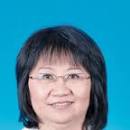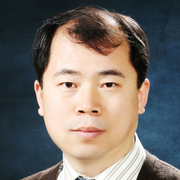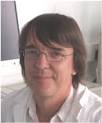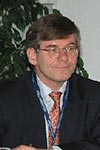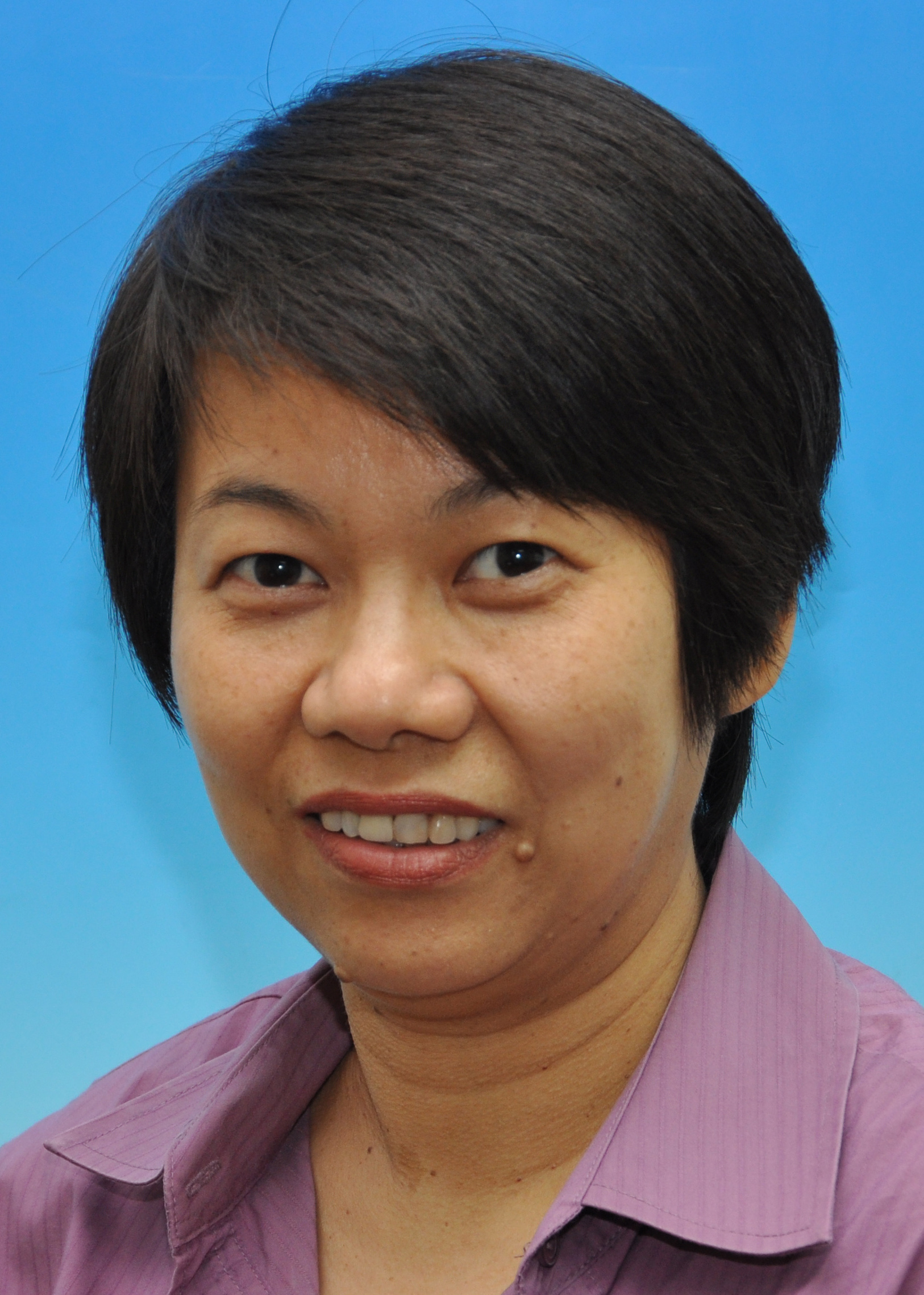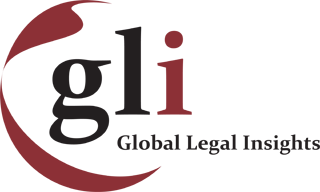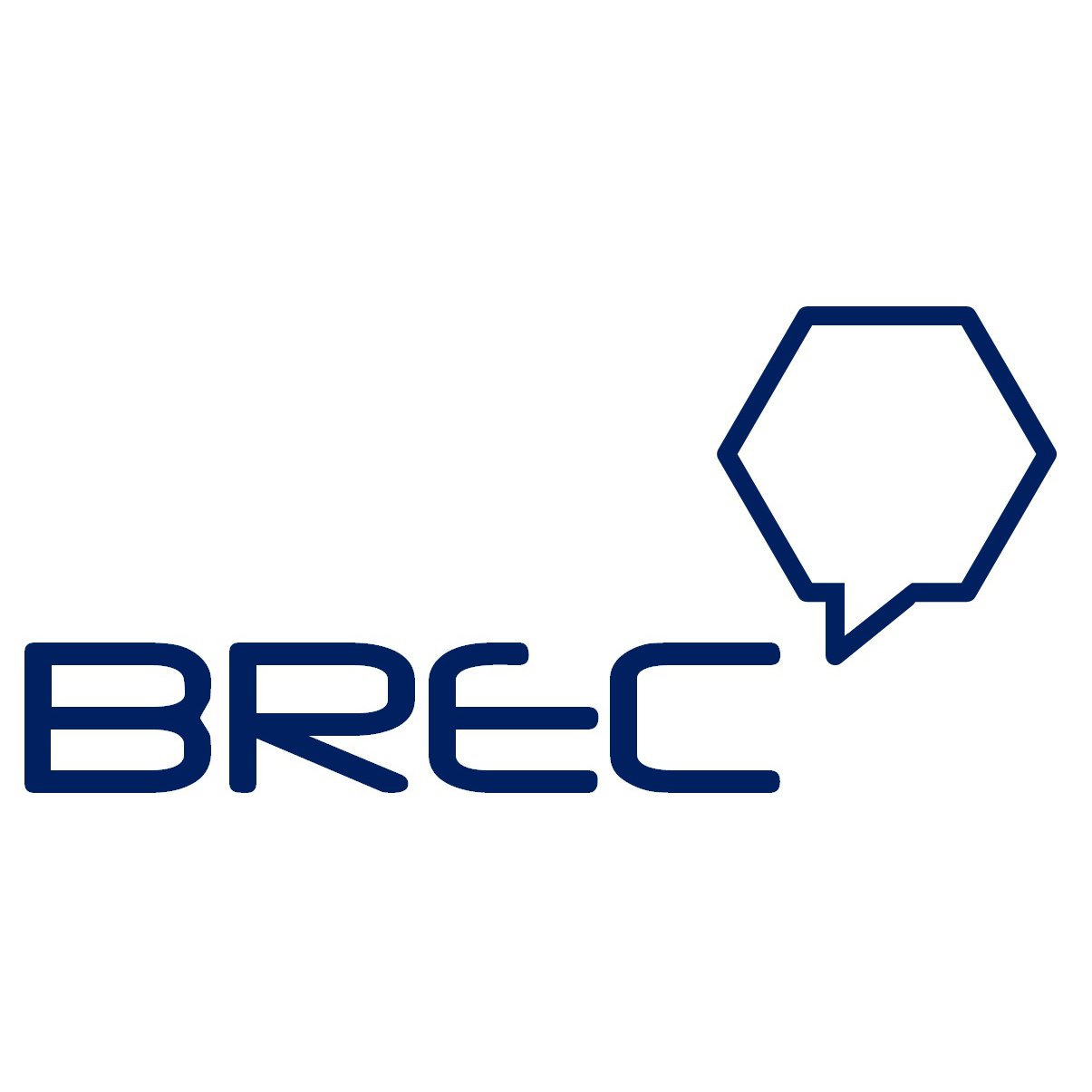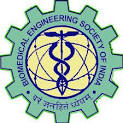
Biomedicine Meeting 2018

Theme: Research and Evaluation in Biomedicine and Pharmacotherapy
Meetings International proudly announces the Global Experts Meeting on Biomedicine & Pharmacotherapy which will be held during May 21-22, 2018 at Singapore. The theme of conference is “Research and Evaluation in Biomedicine and Pharmacotherapy”. Meetings International provides a Global Platform for Pharmacologist, Biotech, Medical and Healthcare Professionals to Exchange Ideas, Knowledge and Networking at its International Conference.
Track-1: Biomedicine
Biomedicine (i.e. medical biology) is a branch of medical science that applies organic and physical principles to clinical practice. The branch especially applies to biology and physiology. Biomedicine also can relate to many other categories in health and biological related fields. The therapy used in pharmaceutical drugs is known as pharmacotherapy. It is distinguished from other therapy like surgical, radiation and physical therapy. Biomedicine involves the study of (pathos-) physiological processes with methods from biology and physiology. Approaches range from understanding molecular interactions to the study of the consequences at the in vivo level. These processes are studied with the particular point of view of devising new strategies for diagnosis and therapy. The application of development and pathological processes in humans, animals and cellular models is known as system medicine. Whereas systems biology aims at modelling exhaustive networks of interactions (with the long-term goal of, for example, creating a comprehensive typical of the cell), mainly at intra-cellular level, it also emphasizes the models of tissue, cell, organ, ecosystem by integration of factors into models that reveal the biological processes.
Related Societies and Associations: National Association for Biomedical Research (NABR), Alabama Society for Healthcare Engineering, North Central Biomedical Association (NCBA), Oregon Biomedical Association, The Institute of Physics and Engineering in Medicine, Biomedical and Clinical Engineering ,Association of Ireland, American Institute for Medical and Biological Engineering, Biomedical Engineering Society (BMES), Public Library of Science (PLoS), IACSIT Bioinformatics and Biomedical Engineering Society (BBES)
Track-2: Biomedical Statistics
The process used for collection, analysis and interpretation of data especially related to human biology, health and medicine. In a defined population the pattern, causes and effects of health and disease is studied and analysed by a process called epidemiology. The art of science that prevent disease, prolonging life and promoting human health through original efforts and informed choices of society, organizations, public and private, communities and individuals is referred to public health. The application of medical knowledge to the investigation of crime, particularly in establishing the causes of injury or death. The safety and effectiveness of medications, diagnostic products and treatment intended for human use is determined by a process called as clinical research.
Related Societies and Associations: American Statistical Association (ASA), International Society for Clinical Biostatistics (ISCB), Biometrics Society (ENAR), International Biometric Society, Statisticians In The Pharmaceutical Industry (PSI), International Statistical Institute (ISI), Statistical Society of Canada, Statistical Society of Australia
Track-3: Medical Devices
The device can be used alone or in combination in the field of instrument, software including the software intended and its manufacture to be used specifically for diagnostic and therapeutic purposes and necessary for its proper application to be used for human beings. Medical devices vary according to their intended use and indications. Examples range from simple devices such as tongue depressors, medical thermometers, and disposable gloves to advanced devices such as computers which assist in the conduct of medical testing, implants, and prostheses. In the field of mechanical engineering the design of medical devices constitutes a major segment.
Related Societies and Associations: American Medical Informatics Association , Association of Medical Diagnostics Manufacturers, Medical Imaging & Technology Alliance (MITA) , Medical Device Manufacturers Association (MDMA) , Hearing Industries Association, Generic Pharmaceutical Association (GPhA)
Track-4: Biomedical model
For the diagnosis of disease, the biomedical model of medicine play an important role between doctor and patient. The biological factors only focused by biomedical model since mid-19th century. The biomedical model gives the freedom to health from disease, pain or detect for making the condition of human healthy. The model's focus on the physical processes (for example, pathology, biochemistry and physiology of a disease) does not take any role for social factors or individual. the biomedical model does not consider diagnosis, which affects treatment of the patient, to be the result of a negotiation.
Related Societies and Associations: American Institute for Medical and Biological Engineering, European Society of Biomechanics (ESB), International Society of Biomechanics, International Society for Prosthetics and Orthotics (ISPO)
Track-5: Biomedical Diagnostics
Biomedical diagnostics is the study of procedures that provide information to aid the term is used, but in the case of a wrong diagnosis, the individual's actual disease or condition is not the same as the individual's diagnosis. Laboratory diagnosis is the process by which the disease is diagnosed in laboratory except physical examination. Radiology diagnosis is the process by which diagnosis occur by on the results from medical imaging studies. screening, detection, diagnosis and monitoring of disease. The diagnostic procedure may be carried out by physician, health care scientist, dentist, and pediatrist. According to individual medical conditions the diagnostic procedure can be separate.
Related Societies and Associations: The Society of Diagnostic Medical Sonography (SDMS), The Society for Vascular Ultrasound (SVU), The American College of Radiology (ACR), The Intersocietal Accreditation Commission (IAC)
Track-6: Biomedical Science
Biomedical science is the study of the human body, its structure and function in health and disease. Medical microbiology is a Study of inhibition, diagnosis and treatment of various infectious diseases is related to medical microbiology. In addition, for the improvement of health this field of science studies various clinical applications of microbes. Clinical Virology is the Isolation of one or more several viruses responsible for human pathology by direct or indirect techniques (cellular Cultures, serologies, biochemistry, molecular biology) is related to clinical virology. Clinical epidemiology is the study of disease and its analysis like pattern, cause and effects is related to this epidemiology. Genetic epidemiology is the study of the role of genetic factors in determining health and disease in families and in populations, and the interplay of such genetic factors with environmental factors.
Related Societies and Associations: Federation of American Societies for Experimental Biology (FASEB), Society for Experimental Biology, European Society for Animal Cell Technology, International Brain Research Organization, International Union of Biochemistry and Molecular Biology
Track-7: Computational Biomedicine
In order to improve the diagnosis, prediction and treatment of complex medical diseases a process is developed known as computational biomedicine. Computational biomedicine is the name given to the use of computer-based tools and approaches to simulate and model the human body in health and disease. In the European Union, this new science has become synonymous with the concept of the virtual physiological human (VPH). More specifically, however, the name VPH is given to an ambitious initiative, funded through Framework Seven but building on work funded through earlier frameworks and external initiatives.
Related Societies and Associations: The Society for Computing and Technology in Anaesthesia, The Workflow Management Coalition, Role Based Access Control, European Standardization of Health Informatics
Track-8: Molecular Biomedicine
The process by which molecular structures and mechanisms are desired in the field of using physical, chemical, biological, biostatics, and medical techniques are known as molecular medicine. This field mainly focused on cellular and molecular phenomenon rather than focus on patients and organs. The distribution of medicine to each individual cell just as oxygen coined by Sanjab Jacab.It also identify the genetic errors of disease and develop molecular.
Related Societies and Associations: National Association for Biomedical Research (NABR), Alabama Society for Healthcare Engineering, North Central Biomedical Association (NCBA), Oregon Biomedical Association,
Track-9: Personalised medicine
The patients are separated into different groups according to their medical decision, practices, intervention or their risk of disease, the term is used known as personalized medicine. It is also called precision medicine, stratified medicine and p4 medicine. In personalised medicine, based on the context of a patient’s genetic content or other molecular or cellular analysis diagnostic testing is often employed for selecting appropriate and optimal therapies.
Related Societies and Associations: ISPEM – Italian Society of Personalized Medicine, Spanish Society of Pharmacogenetics and Pharmacogenomics, Israeli Network Pharmacogenomics and Personalized Medicine, Hungarian Society of Personalized Medicine, British Network Pharmacogenomics and Personalized Medicine
Track-10: Frontiers in Biomedicine
By using the chemical physical and biological methods the organs and the tissue systems can be developed the process is known as tissue system. Pathology is both a pure and an applied science and in the NHS setting is responsible for providing diagnostic laboratory tests on tissue, blood and other fluids, and for using laboratory tests to assess patients’ responses to treatment. Today, cell biology is a major driver of all aspects of biomedicine. The diagnosis of a disease increasingly relies on genetic, molecular, and cellular markers, and drug discovery has shifted from blind screening to targeted molecular design informed by our genetic, molecular, and cellular understanding of a disease. The technology for the domain of living and biological systems for the application of engineering and technology is known as biomedical engineering. The relationship between the parasite and host and their study is known as parasitology. virology is a twentieth-century science that deals with viruses and viral diseases. Physiology is the study of the relationship between an organism's form and its function. The best-known branch of physiology deals with the mechanical function of limbs and joints. However, the study of physiology also includes the function of organs and tissues, as well as the biochemical systems within and between cells. The application of development and pathological processes in humans, animals and cellular models is known as system medicine.
Related Societies and Associations: American Institute for Medical and Biological Engineering, European Society of Biomechanics (ESB), International Society of Biomechanics, International Society for Prosthetics and Orthotics (ISPO)
Track-11: Pharmacotherapy
Among physicians, medical therapy refers specifically to pharmacotherapy as opposed to clinical or other therapy sometimes the term is used. for example, in oncology, medical oncology is thus distinguished from surgical oncology. Economical use of pharmaceutical drugs is ensured by pharmacist by the process pharmacotherapy. knowledge, training and experience in biomedical, pharmaceutical and clinical sciences the skills required to function as a pharmacist require. The pharmacotherapy is improved by pharmacology. The process used for collection, analysis and interpretation of data especially related to human biology, health and medicine.
Related Societies and Associations: American Society for the Advancement of Pharmacotherapy (ASAP), Academy of Managed Care Pharmacy (AMCP), American Association of Pharmaceutical Scientists (AAPS), National Association of Chain Drug Stores (NACDS), National Community Pharmacists Association (NCPA)
Track-12: Biopharmaceutics
Biopharmaceutics examines the interrelationship of the drug on the basis of physical/chemical properties, the dosage form (drug product) in which the drug is given, and the route of administration on the rate and extent of systemic drug absorption. The importance of the drug substance and the drug formulation on absorption, and in vivo distribution of the drug to the site of action, is described as a sequence of events that precede elicitation of a drug's therapeutic effect.
Drugs are substances intended for use in the diagnosis, cure, mitigation, treatment, or prevention of disease. Drugs are given in a variety of dosage forms or drug products such as solids (tablets, capsules), semisolids (ointments, creams), liquids, suspensions, emulsions, etc, for systemic or local therapeutic activity. Drug products can be considered to be drug delivery systems that release and deliver drug to the site of action such that they produce the desired therapeutic effect and are also designed specifically to meet the patient's needs including palatability, convenience, and safety.
Related Societies and Associations: Academy of Managed Care Pharmacy (AMCP), Austrian Association of Hospital Pharmacists, California Pharmacists Association, Arkansas State Board of Pharmacy, American College of Clinical Pharmacology, Canadian Society of Hospital Pharmacists
Track-13: Pharmacological Sciences
The study of drug action concerned with Pharmacology is the branch of biology , where a drug can be broadly defined as any man-made, natural, or endogenous (from within body) molecule which exerts a biochemical or physiological effect on the cell, tissue, organ, or organism (sometimes the word pharmacon is used as a term to encompass these endogenous and exogenous bioactive species).The factor affect normal or abnormal biochemical function that occur between a living organism and chemicals More specifically, it is the study of the interactions . If substances have medicinal properties, they are considered pharmaceuticals. The basis of signal transduction/cellular communication drug composition and properties, synthesis and drug design, molecular and cellular mechanisms, organ/systems mechanisms, molecular The field encompasses diagnostics, interactions, toxicology, chemical biology, therapy, and medical applications and antipathogenic capabilities.
Related Societies and Associations: American Society of Pharmacognosy , Austrian Association of Hospital Pharmacists , Association of Finnish Pharmacies, Canadian Pharmacists Association , European Society of Clinical Pharmacy , Drug Information Association
Track-14: Pharmaceutical Technology
Pharmaceutics is the discipline of pharmacy that deals with the process of turning a new chemical entity (NCE) or old drugs into a medication to be used safely and effectively by patients. the science of dosage form design is also related to Pharmaceutical technology. There are many chemicals with pharmacological properties, but need special measures to help them achieve therapeutically relevant amounts at their sites of action. The method for the formulation of drugs is designed by the pharmaceutics for the delivery and disposition in the body which play a major role. Pharmaceutics deals with the formulation of a pure drug substance into a dosage form
Pure drug substances are usually white crystalline or amorphous powders. most drugs today are administered as parts of a dosage form. as it is very common for pharmacists to dispense drugs, than Historically before the advent of medicine. The clinical performance of drugs depends on their form of presentation to the patient.
Related Societies and Associations: The American Society of Pharmacognosy (ASP), The Iranian Society of Pharmacognosy, National Center for Natural Products Research, Regional Plant Research Center Digital Nature Archive Of Singapore, The Japanese Society of Pharmacognosy (JSP)
Track-15: Nanotechnology
At the level of atomic, molecular and macromolecular the development of engineered devices is known as Nanotechnology. Nanoparticles have potential application in medical field including diagnostics and therapeutics. Nanotechnology devices are being developed for diagnosis of cancer and infectious diseases which can help in early detection of the disease
In the field of drug discovery, drug delivery and gene delivery the advances of Nanotechnology have been seen. Nanoparticles can be constructed by various methodology so that effect can be targeted at desired site. In this review, the application of Nanoparticles in medicine for diagnostic and therapeutic which can be used at clinical level.
Related Societies and Associations: National Center for Nanoscience and Technology, National Institute for Nanotechnology , National Nanotechnology Center , Nanomedicine Roadmap Initiative
Track-16: Pharmacognosy
Drugs derived from plants or other natural sources is the study of medicinal branch which is related to Pharmacognosy. The American Society of Pharmacognosy defines pharmacognosy as "the study of the physical, chemical, biochemical and biological properties of drugs, drug substances or potential drugs or drug substances of natural origin as well as the drugs from natural sources”. It is also defined as the study of crude drugs.Although most pharmacognostic studies focus on plants and medicines derived from plants, other types of organisms are also regarded as pharmacognostically interesting, in particular, various types of microbes (bacteria, fungi, etc.), and, recently, various marine organisms. secondary metabolites i.e. study of natural product molecules the term defines as Pharmacognosy as that are useful for their medicinal, ecological, gustatory, or other functional properties.
Related Societies and Associations: The American Society of Pharmacognosy (ASP), The Iranian Society of Pharmacognosy, National Center for Natural Products Research, Regional Plant Research Center Digital Nature Archive Of Singapore, The Japanese Society of Pharmacognosy (JSP)
Track-17: Immunopharmacology
The application of immunological techniques and effects of drugs the branch concerned with Immunopharmacology especially on the immune system. Prior to the designation of immunity from the etymological root immunise, which is Latin for "exempt"; early physicians characterized organs that would later be proven as essential components of the immune system. The important lymphoid organs of the immune system are the thymus and bone marrow, and chief lymphatic tissues such as spleen, tonsils, lymph vessels, lymph nodes, adenoids, and liver., organs including the thymus, spleen, bone marrow, lymph nodes and other lymphatic tissues as a part of immune system can be surgically excised When health conditions worsen to emergency status for examination while patients are still alive. Applications on smart phones may also be used to assist with patient management.
Related Societies and Associations:AmericanSociety for Histocompatibility and Immunogenetics,Society for Mucosal Immunology, International Union of Immunological Societies
Track-18: Industrial Pharmacy
Involvement of medication that discovers, develops, produces, and markets drugs or pharmaceutical drugs is the branch related to Pharmaceutical industry. Pharmaceutical companies may deal in generic or brand medications and medical devices. They are subject to a variety of laws and regulations that govern the patenting, testing, safety, efficacy and drugs. Now a day the root of pharmaceutical industry emphasizes on two sources. The first of these were local apothecaries that expanded from their traditional role distributing botanical drugs such as morphine and quinine to wholesale manufacture in the mid 1800s.The drugs which are discovered from the plant depends particularly with the isolation of morphine, analgesic and sleep-inducing agent from opium, The name Morpheus is given by the German assistant apothecary Friedrich Sertürner, who named the compound after the Greek god of dreams, Morpheus. Multinational corporations including Merck, Hoffman-La Roche, Burroughs-Welcome (now part of Glaxo Smith Kline), Abbott Laboratories, Eli Lilly and Upjohn (now part of Pfizer) began as local apothecary shops in the mid-1800s. By the late 1880s, German dye manufacturers had perfected the purification of individual organic compounds from coal tar and other mineral sources and had also established rudimentary methods in organic chemical synthesis. The development of synthetic chemical methods allowed scientists to systematically vary the structure of chemical substances, and growth in the emerging science of pharmacology expanded their ability to evaluate the biological effects of these structural changes.
Related Societies and Associations: American Society of Consultant Pharmacists, American College of Clinical Pharmacy
Meetings International proudly announces the Global Experts Meeting on Biomedicine & Pharmacotherapy which will be held during May 21-22, 2018 at Singapore. The theme of conference is “Research and Evaluation in Biomedicine and Pharmacotherapy”. Meetings International provides a Global Platform for Pharmacologist, Biotech, Medical and Healthcare Professionals to Exchange Ideas, Knowledge and Networking at its International Conference.
Biomedicine Meeting 2018 focuses on the importance to understand drugs and how they can affect human physiology. It is with better understanding of Pharmacology one can know the right dosage and dosage forms of drugs. More research in Biomedicine and pharmacotherapy deals with identifying and responding to drug interactions and its side effects along with its mechanism of action, its therapeutic index and thereby treat accordingly. More intensive study with the interaction between drug and its therapeutic effect helps to identify the properties of ideal drugs.
Why to attend???
Join your peers around the world focused on learning about Biomedicine and Pharmacotherapy and related advances, which is your single best opportunity to reach the largest assemblage of participants from the Biomedicine and Pharmacology community, conduct demonstrations, distribute information, meet with current and potential professionals, make a splash with a new research works, and receive name recognition at this 2-day event. World-renowned speakers, the most recent research, advances, and the newest updates in Biomedicine and Pharmacotherapy are hallmarks of this conference.
Target Audience:
- Students, Scientists, Researchers, and Faculty of Medicine and Pharmaceutical Universities
- Medical Colleges, Researchers from Pharmaceutical Companies, Pharmacy and Biomedicine Associations and Societies
- Business Entrepreneurs, Training Institutes, Software developing companies
- Manufacturing Medical Devices Companies and Data Management Companies.
Meetings International proudly announces the Global Experts Meeting on Biomedicine & Pharmacotherapy which will be held during May 21-22, 2018 at Singapore. The theme of conference is “Research and Evaluation in Biomedicine and Pharmacotherapy”. Meetings International provides a Global Platform for Pharmacologist, Biotech, Medical and Healthcare Professionals to Exchange Ideas, Knowledge and Networking at its International Conference.
Meetings International provides a Global Platform for Biochemistry Professionals, Biotech, Medicine and Pharmacist Professionals to Exchange Ideas, Knowledge and Networking at its International Conference. The global Pharmacy industry and market analysis, estimated at U.S. $2.4 trillion, is one of the fastest growing business sectors of the manufacturing industry. It also shipped 3.4 billion dollars’ worth of Medicine and Pharmacy globally across regions in 2009.
Biomedicine Meeting 2018 aims to bring together researchers, Pharmacists, Medicine Specialist and delegates from Medicine, Pharmacy and Biochemistry fields. Meet Inspiring Speakers and Experts. The theme of conference is “Research and Evaluation in Biomedicine and Pharmacotherapy”. Biomedicine Meeting 2018 mainly focusses on the universities, institutes, research centers and major societies along with companies which hold a big market in laboratory technologies. Target audience involves students, faculties, researchers, scientists, dean, directors and CEO's of the companies.
Attend to gain an unmatched experience in the Biomedicine and Pharmacotherapy field.
Meeting International Biomedicine Meeting will offer you an unmatched attendee experience. In addition to the many scientific sessions and take-home case study examples, you will leave this event with many other novel development strategies from some of our workshops and symposiums. Engage in dynamic conversation with your industry peers at our multiple networking sessions, and takeaway novel Biomedicine and Pharmacotherapy research strategies, which could speed up time to market and save your organization millions. We hope you will join us in Singapore Next May to enhance your research capabilities, and increase time to market on therapeutics.
Sincerely,
Operating Committee
CEO and Founder
Meetings International PTE LTD.
Summary:
Biomedicine (i.e. medical biology) is a branch of medical science that applies organic and physical principles to clinical practice. The branch especially applies to biology and physiology. Biomedicine also can relate to many other categories in health and biological related fields. Among physicians, medical therapy refers specifically to pharmacotherapy as opposed to clinical or other therapy sometimes the term is used. for example, in oncology, medical oncology is thus distinguished from surgical oncology. Biomedicine and Pharmacotherapy Conference deals with topics like Biomedical Statistics, Medical Devices, Biomedical model, Biomedical Diagnostics, Biomedical Science, Computational Biomedicine, Molecular Biomedicine, Personalised medicine, Biomedicine frontier, Pharmacotherapy, Biopharmaceutics, Pharmacological Sciences, Pharmaceutical Technology, Nanotechnology, Pharmacognosy, Immunopharmacology, Industrial Pharmacy and more. Approaches range from understanding molecular interactions to the study of the consequences at the in vivo level. These processes are studied with the particular point of view of devising new strategies for diagnosis and therapy. Economical use of pharmaceutical drugs is ensured by pharmacist by the process pharmacotherapy. knowledge, training and experience in biomedical, pharmaceutical and clinical sciences the skills required to function as a pharmacist require.
'The Future of Biomedicine and Pharmacotherapy' gives fully fledged understanding into the compelling utilization of Pharmacotherapy all through drug discovery, preclinical development and clinical trials. The report also highlights the use of Medicine and Pharmacotherapy in maximizing and sustaining revenues post-marketing and in the development of clinical diagnostics.
Importance & Scope:
Biomedicine and Pharmacotherapy is now being extensively used in pharmaceutical and biotechnology industries for biomarker and drug discovery; pharmaceutical and biotechnology industries are expected to grow at a high rate in coming years, which is expected to boost the growth of the market.
The National Institutes of Health said that they are to invest $14.3 million for Pharmacotherapy research, potentially investing more than $51.4 million over five years, to accelerate an emerging field of drug research known as Pharmacotherapy. As per National Centre for Biotechnology Information. Pharmacotherapy has matured over the past 10 years. Over 300 studies have been completed over the past 5 years.
Why Singapore?
Singapore is the third largest foreign exchange Market in the world after USA, Occupying about 10% of Market in each of the global drug and Medical devices market. According to Data monitor, pharmaceutical market in Singapore is set to rise from $948 million in 2017 to around $1.2 billion in 2021, and will first exceed the $1 billion mark in 2019, according to Global Data, a recognized leader in providing business information and analytics. Singapore’s pharmaceutical market to reach $1.2bn by 2020. With a population of only 5.6 million as of 2016, Singapore provides limited scope for domestic businesses to generate revenue. However, the country is a regional hub, and provides world-class infrastructure for manufacturing and R&D facilities of multinational pharmaceutical companies. The Singapore market is a promising region for Medicine and Pharmacy companies, as a high amount of Pharmacotherapy research is being conducted in the country.
Why to attend???
Meet Your Target Market With recent business reports on Medicine and Pharmacy making news which manifests the tremendous growth in market value for Pharmacotherapy till 2019. Since Biomedicine and Pharmacotherapy interrelated with sciences like Biomedical technology, Molecular medicine, precision Medicine, Biopharmaceutics, Immunopharmacology, Pharmacological sciences and Industrial pharmacy, it would be a great opportunity for companies dealing with Analytical instruments useful in these fields. Also many upcoming students and researchers can benefit themselves by participating world class International workshops, symposia during the conference which will be conducted by experts in the respective fields.
Major Biomedicine and Pharmacotherapy Related Associations around the Globe:
Biomedicine and Pharmacotherapy Society
National Association for Biomedical Research (NABR)
Alabama Society for Healthcare Engineering,
Biomedical Engineering Society (BMES)
American Statistical Association (ASA)
American Medical Informatics Association
Generic Pharmaceutical Association (GPhA)
American Institute for Medical and Biological Engineering
American Society for the Advancement of Pharmacotherapy (ASAP)
National Community Pharmacists Association (NCPA)
Academy of Managed Care Pharmacy (AMCP)
American Society of Pharmacognosy
Drug Information Association
The Japanese Society of Pharmacognosy (JSP)
American Society of Consultant Pharmacists
American College of Clinical Pharmacy
Major Biomedicine Related Research Units in Singapore:
Bioinformatics Institute (BII)
Experimental Therapeutics Centre
Institute of Medical Biology
Singapore Institute for Clinical Sciences
Singapore Immunology Network
Singapore Bioimaging Consortium
Institute of Molecular and Cell Biology
Institute of Bioengineering and Nanotechnology
National University of Singapore
Nanyang Technological University
Genome Institute of Singapore
Target Audience:
Directors/Managers & Business Delegates, Medicine specialist, Pharmacist, Microbiologist, Pathologist, Immunologist, Director of Laboratories, Universities, Industries, Investigators, Post-Doctoral Fellows, Research and Diagnostic Laboratories, Clinical Fellows, Students, Biomedical Research companies, Medicine and Pharmacy companies.
Rise in the number of clinical trials, toxicological studies, and health awareness for nutritional products, rapid growth of Pharmacy data analysis software and solutions, and use of Pharmacotherapy as diagnostics tool for biomarker screening of diseases is expected to propel the growth of this market.
Glance at Market of Biomedicine and Pharmacotherapy:
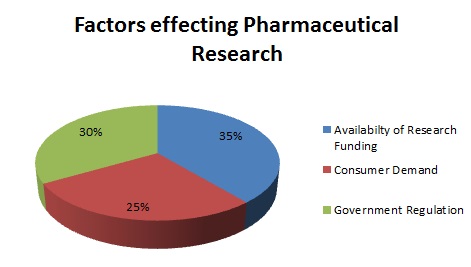
The market is mainly driven by the increasing research funding for Medicine and Pharmacy from governments and private investors, growing demand for personalized medicine in the U.S. and Europe, and the increasing need for toxicology testing. However, low adoption rates and data complexity inhibits the growth of the Pharmacy market to a certain extent. Pharmaceutical science is used extensively in biomarker discovery and drug assessment. Thus, the rapid growth experienced by pharmaceutical and biotechnology industries is assisting the growth of the Medicine market.
In 2013, North America was the market leader with a share of ~42% of the global market, followed by Europe with a share of ~38%. The presence of a large number of analytical equipment manufacturers has contributed significantly to the North American and European .
Pharmacy market. However, the Asia-Pacific region represents a significant growth opportunity for the Pharmacy market during the forecast period of 2014 to 2019. The APAC market is expected to grow at a CAGR of 23% during the forecast period. The growth in this market is driven by the growing pharmaceutical and biotechnology industries.
The global pharmacy market was valued at $565 million in 2014 and is expected to grow at a CAGR of 30% from 2014 to 2019.
Statistics which shows growth in importance of Biomedicine and Pharmacotherapy:
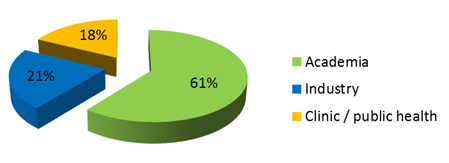
Statistics of Industries Associated with Medicine and Pharmacy:
North America was the market leader with a share of ~42% of the global market, followed by Europe with a share of ~38%. The presence of a large number of analytical equipment manufacturers has contributed significantly to the North American and European Pharmacy market. However, the Asia-Pacific region represents a significant growth opportunity for the medicine market during the forecast period of 2014 to 2019. The APAC market is expected to grow at a CAGR of 23% during the forecast period. The growth in this market is driven by the growing pharmaceutical and biotechnology industries.
The major players in the Medicine and Pharmacotherapy- Regeneron Pharmaceuticals, Vertex Pharmaceuticals, Shire Plc, Bristol-Myers Squibb, Novo Nordisk, Amgen, Johnson & Johnson, Teva Pharmaceutical Industries Ltd, 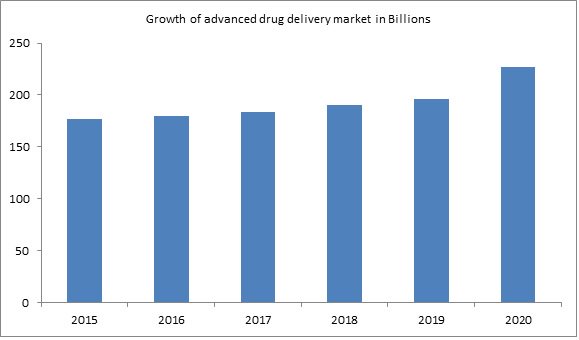
Fund Allotment towards Medicine and Pharmacy Research:
The National Institutes of Health has provided tens of millions of dollars in new funding to support three new Comprehensive Pharmacy Centres at Mayo Clinic, the University of Kentucky, and the University of Florida.
These three centres will receive an estimated $9 million to $10 million each over the next five years to create resources and initiate research programs that will ramp up the national Pharmaceutical science capabilities.
NIH provided $14.3 million to fund the launch of three other Pharmacy resource centres at the University of Michigan, the Research Triangle Institute, and the University of California, Davis.
- Michigan Medicine
- NIH West Coast Pharmacy - Centre for Molecular and Genomic Imaging (CMGI)
- Southeast Centre for Integrative Medicine (SECIM)
- Pharmacokinetics Core at Mayo Clinic
- Funding to UC San Diego for this project is $6 million over five years, part of a total investment by the NIH of $51.4 for the Pharmacy project. The awards are supported by the NIH Common Fund.
-
Biomedical Diagnostics is engaged in a study called Improved, which has received €6m in European FP7 funding.
Mayo Clinic is one of six new federally-funded Comprehensive Pharmacy centres to support medical research on Pharmacotherapy— the study, at the cellular level, of how drugs are metabolized in the body. The award from the National Institutes of Health (NIH) is for $8.8 million over five years.
- Biomedicine
- Biomedical Statistics
- Medical Devices
- Biomedical model
- Biomedical Diagnostics
- Biomedical Science
- Computational Biomedicine
- Molecular Biomedicine
- Personalised medicine
- Frontiers in Biomedicine
- Pharmacotherapy
- Biopharmaceutics
- Pharmacological Sciences
- Pharmaceutical Technology
- Nanotechnology
- Pharmacognosy
- Immunopharmacology
- Industrial Pharmacy
15 Organizing Committee Members
9 Renowned Speakers
Harald Mischak
University of Glasgow
Germany
Stef Stienstra
Dutch Armed Forces / Royal Dutch Navy, Netherlands
Netherlands
Leila Motiei
Weizmann Institute of Science
Israel
Sasidharan Sreenivasan
USM
Malaysia
Ian James Martins
Edith Cowan University
Australia
Gam Lay Harn
Universiti Sains Malaysia
Malaysia
Yue-Wei Guo
Shanghai Institute of Materia Medica
China
Badrul Hisham Yahaya
Universiti Sains Malaysia
Malaysia
P Venkataraman
SRM Medical college, India
India








